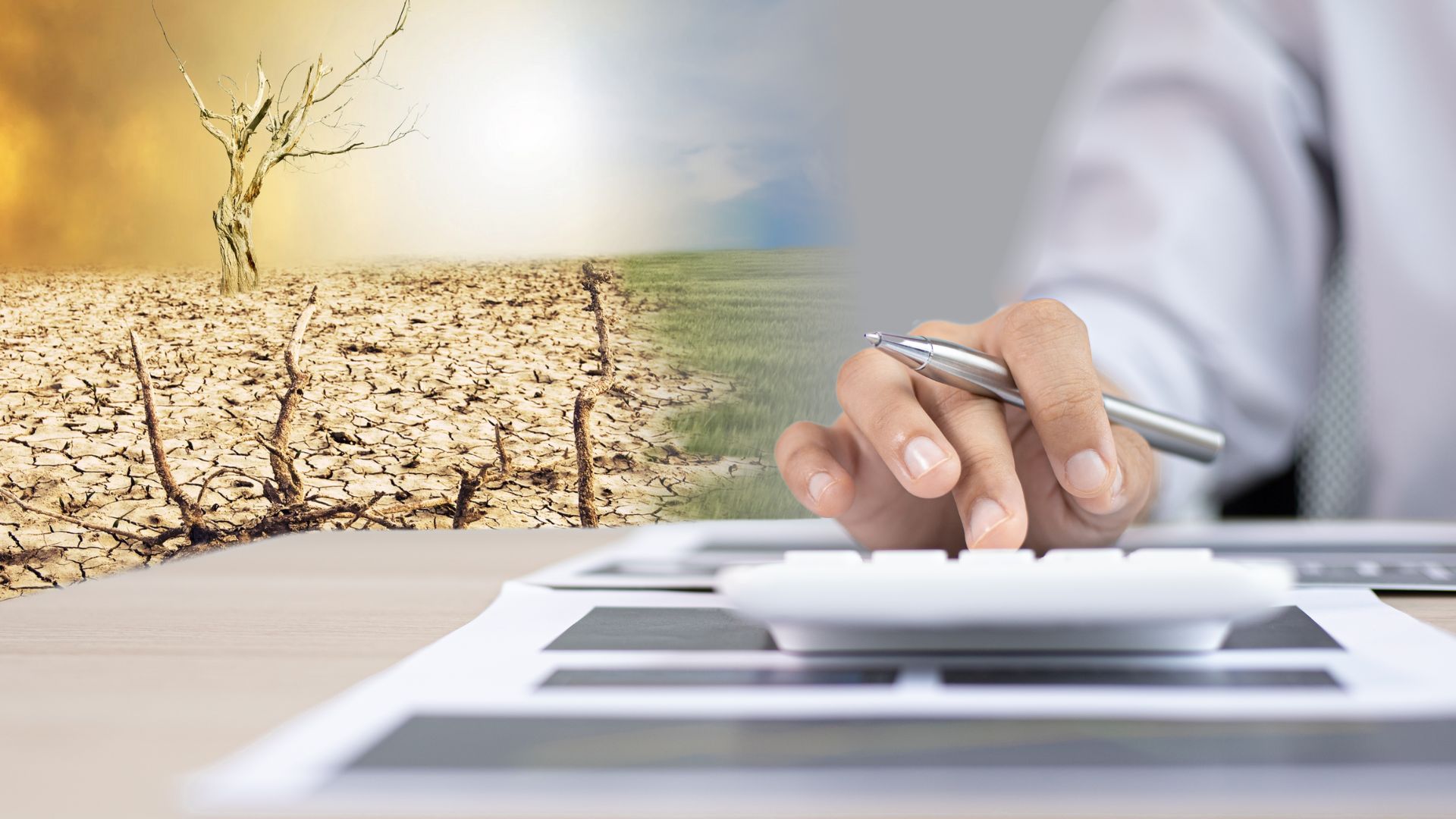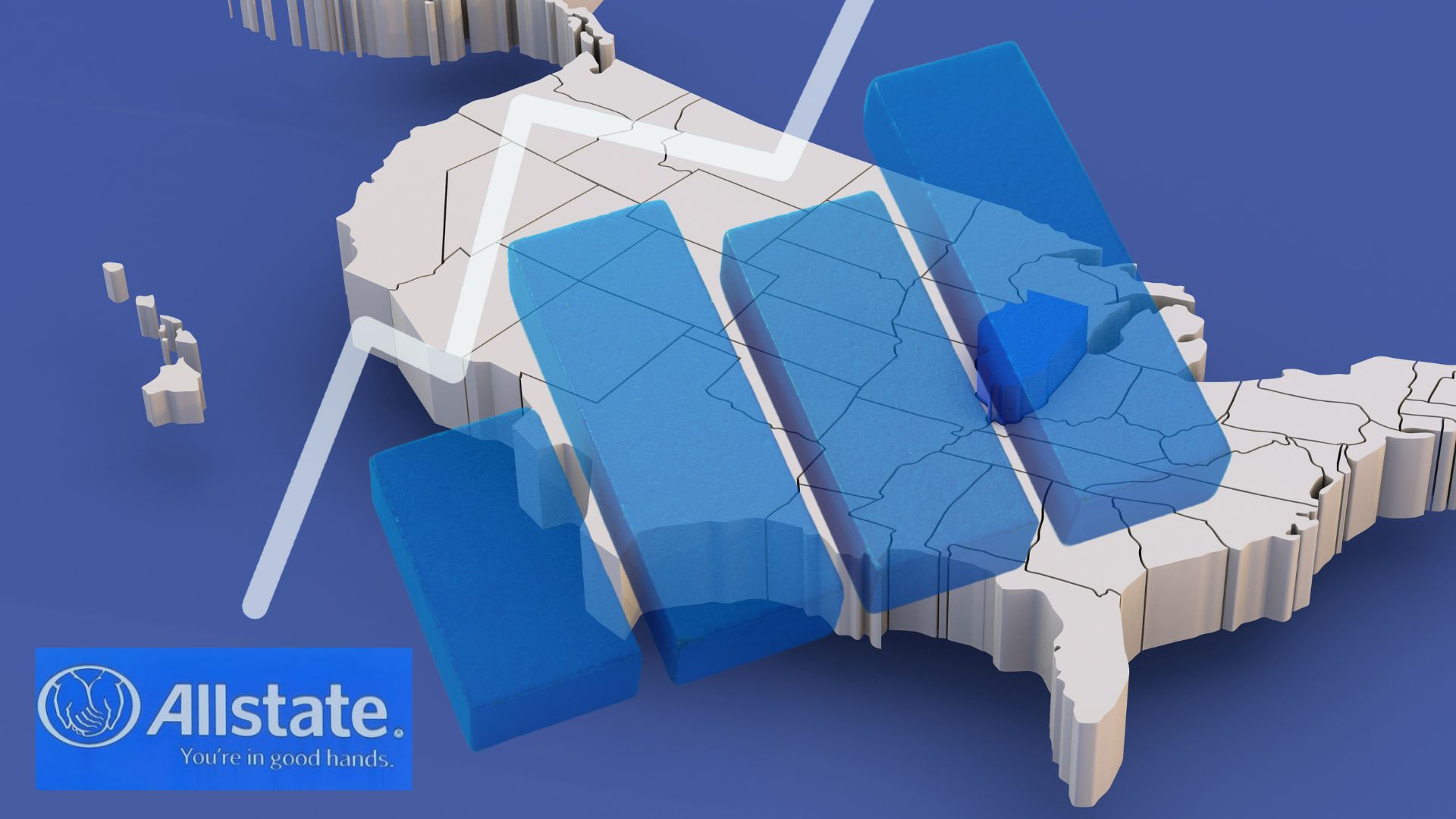The Ripple Effects of Disasters Across State Lines
When you think of California wildfires, Illinois might not be the first place that comes to mind. But for Illinois homeowners, the aftermath of these extreme weather events is becoming all too real. Insurance rates in the state are set for another round of increases, with companies like Allstate hiking premiums by 14.3%. And although Illinois hasn’t faced catastrophic fires or hurricanes, the impact of climate change is blurring geographical boundaries, causing ripple effects that stretch far beyond disaster zones.
According to industry analysts, these rate hikes aren’t just a local issue—they’re part of a growing trend where climate change-related events are reshaping insurance markets across the U.S. Whether it’s wildfires in the west or hurricanes along the Gulf, the growing frequency and intensity of extreme weather events are driving costs up nationwide.
Why Are Illinois Rates Going Up?
Starting February 24, nearly 248,000 Allstate customers in Illinois will experience higher homeowners insurance premiums. This increase follows a similar hike last year when both Allstate and State Farm raised rates by over 12%. While not directly linked to California wildfires, Illinois’s higher rates reflect broader issues within the insurance industry.
Severe weather events—not limited to fires, but also including floods, storms, and freezing temperatures—are changing how insurers calculate risks. Rebuilding homes has become more expensive as lumber, labor, and other materials grow scarce. Someone in Illinois might wonder, “What does a wildfire in California have to do with me?” The answer, in part, lies in how insurers allocate resources. If a California wildfire causes billions in damages, it pressures the entire system, even for policyholders thousands of miles away.
An Industry Under Pressure
Why can’t insurers simply spread these costs around without dramatic rate hikes? One major factor to understand is reinsurance. Think of it as insurance for the insurance companies themselves. When these massive disasters occur, insurance companies have to pay higher premiums for their reinsurance policies. Those increased costs eventually trickle down to you, the consumer.
But there’s another layer to the problem. Insurers are finding it increasingly difficult to predict and price the risks of climate-induced disasters. Traditional risk models relied heavily on historical data, but past trends no longer match the evolving reality. For example, wildfires now occur in areas previously considered low-risk. Coastal storms are becoming more ferocious, and flooding is happening in unexpected places. This unpredictability leaves providers scrambling to balance costs without alienating customers, forcing many to reconsider where they do business at all.
The Domino Effect of California Wildfires
California’s wildfire crisis is a stark reminder of just how interconnected our world has become. Rebuilding after disasters requires vast amounts of resources—lumber, roofing materials, contractors—all of which are in higher demand and lower supply. But it doesn’t end there. For insurers in neighboring states like Nevada or even far-off Illinois, higher rebuilding costs push claims above expectations, leading to strained finances.
And then there’s the sheer scale of these disasters. The Pacific Palisades and Eaton fires alone have left thousands homeless, with early damage estimates exceeding $30 billion. While California’s FAIR Plan offers a backstop for properties too risky for private insurers, the program itself is under enormous pressure. It shows how insurance safety nets are being stretched thin, with consequences that extend far beyond the Golden State.
The Bigger Picture on Climate Change
For states like Illinois, the surge in insurance rates marks another chapter in what the Senate Budget Committee recently called an “insurance crisis.” Illinois is faring better than most—ranking 43rd among states with non-renewed homeowners policies—but that’s little solace for families facing rising premiums. Florida, Louisiana, and California remain the hardest-hit states, but extreme weather events are destabilizing markets nationwide.
Consider this statistic: in 2023, climate-related disasters caused nearly $180 billion in damages across the U.S. That figure doesn’t just reflect the immediate costs of rebuilding; it underscores the broader strain on our systems. Insurance markets, emergency response, infrastructure, and even local economies are all feeling the pinch.
What Homeowners Can Do Now
With all this in play, what can homeowners do? While it’s unrealistic to directly influence the broader insurance market, individuals can take practical steps to mitigate costs and make their properties more resilient.
-
Bundle Insurance Policies: Many providers offer discounts for bundling homeowners and auto insurance, potentially offsetting rate hikes.
-
Fortify Your Home: Simple updates like installing storm shutters, maintaining a defensible space around your house, or upgrading to fire-resistant materials can lower your risk profile—and sometimes your premiums.
-
Understand Your Policy: Know what’s covered and what isn’t. With events like flooding becoming more frequent, you might need additional coverage not included in standard plans.
-
Advocate for Change: On a community level, pushing for stronger building codes, better municipal planning, and investment in green infrastructure can make neighborhoods more resilient to future climate impacts.
Shifting the Focus to Long-Term Solutions
The insurance market’s struggles highlight a larger conversation we need to have. Investing in mitigation strategies—like wildfire buffers, improved flood defenses, or renewable energy grids—can lessen the human and financial toll of disasters over time. Similarly, keeping emissions in check could slow the frequency of extreme weather events, offering some relief to strained systems.
For now, though, the challenge remains clear. Climate change isn’t just an environmental issue anymore; it’s an economic one. Every community, from California to Illinois, is connected in today’s world. Whether it’s rising insurance rates or the shared burden of rebuilding after disasters, the ripple effects of climate change make it everybody’s issue. By taking action now, both locally and globally, we can help reduce these risks for the future.


